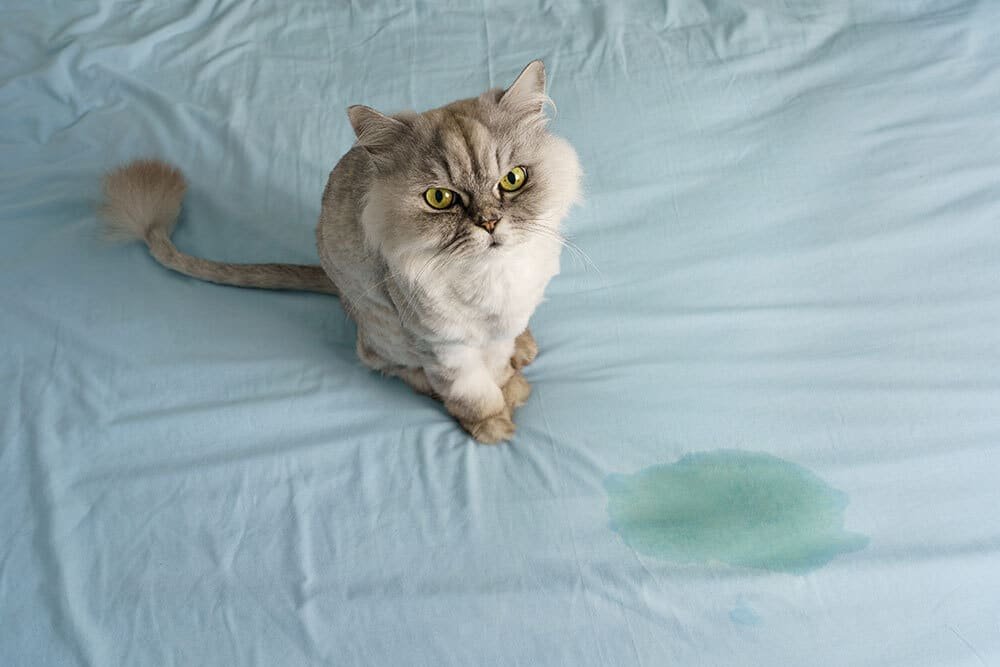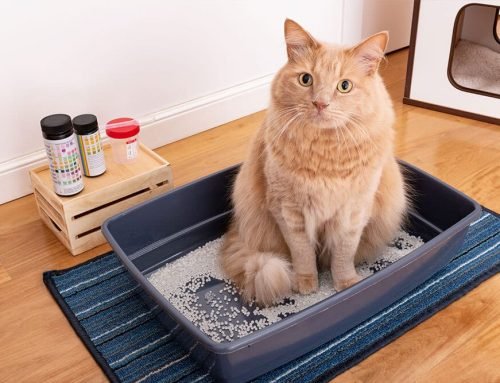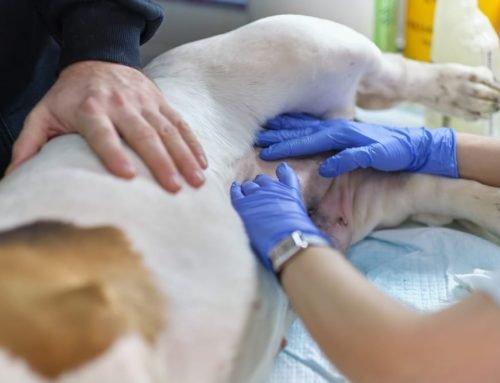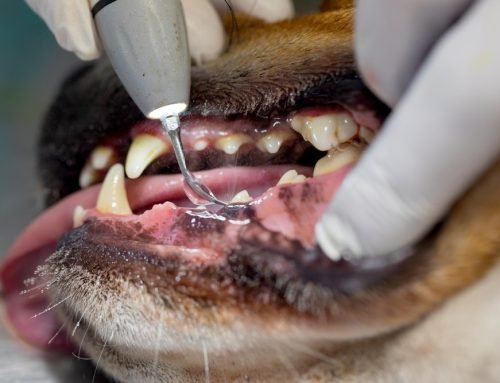Urinary tract infections (UTIs) in dogs and cats are more than just uncomfortable—they can be painful, recurring, and in some cases, even life-threatening. While they’re often treatable, UTIs are frequently a sign of an underlying condition and should never be ignored.
At St. Petersburg Animal Hospital & Urgent Care, we understand how concerning it is to see your pet struggle with urinary issues. This guide will help you understand the signs of UTIs, how we diagnose and treat them, and most importantly—how you can help prevent them from returning.
What Is a UTI in Pets?
A UTI occurs when bacteria enter the urinary tract and multiply in the bladder, urethra, or even kidneys. It causes inflammation, discomfort, and in severe cases, can lead to bladder stones or systemic infections.
UTIs are especially common in:
- Female dogs
- Older pets
- Pets with diabetes or bladder stones
In cats, symptoms similar to a UTI are more often caused by feline lower urinary tract disease (FLUTD) or, in male cats, urinary obstruction, which is a true medical emergency.
Learn more about:
Signs Your Pet May Have a UTI
Your pet may not always show obvious signs of discomfort, so it’s important to stay alert to even small changes in behavior.
Common symptoms include:
- Straining, crying, or taking longer to urinate
- Frequent urination in small amounts
- Blood in the urine
- Urinating in unusual places (indoors or outside the litter box)
- Strong-smelling or cloudy urine
- Excessive licking of the genital area
- Increased thirst or decreased appetite
- General discomfort, restlessness, or irritability
If your male cat is trying to urinate and nothing is coming out, seek emergency care immediately—this could indicate a life-threatening obstruction.
What Causes UTIs in Pets?
UTIs don’t usually occur out of nowhere. Understanding the underlying causes helps guide both treatment and prevention.
Common contributors include:
- Bacterial infection (the most common cause)
- Bladder or kidney stones (More from ACVS)
- Diabetes, which increases sugar in the urine and promotes bacterial growth (AAHA on diabetes in pets)
- Anatomical abnormalities, such as a recessed vulva in female dogs (Learn more)
- Incomplete bladder emptying
- Weakened immune system
- Bladder tumors or polyps
If your pet experiences repeated UTIs, your veterinarian may recommend further testing, including bloodwork or imaging, to rule out underlying disease.
How Are UTIs Diagnosed?
At St. Petersburg Animal Hospital & Urgent Care, we use several diagnostics to accurately determine the cause of your pet’s symptoms.
These may include:
- Urinalysis – to check for blood, bacteria, crystals, and pH imbalances
- Urine culture – to identify the exact bacteria causing infection
- Bloodwork – to evaluate kidney function, glucose levels, and overall health
- X-rays or ultrasound – to check for bladder stones, tumors, or anatomical concerns
In some more complex cases, surgical intervention such as a cystotomy (opening the bladder) may be required for treatment or diagnosis. More on cystotomy from PetPlace
Treatment Options for UTIs in Dogs and Cats
Once we’ve confirmed a UTI, our goal is to treat the infection and address the root cause.
Common treatments include:
- Targeted antibiotics, based on urine culture results
- Anti-inflammatory medications or pain relief
- Hydration support, especially if your pet is reluctant to drink
- Urinary health diets, formulated to reduce recurrence
- Bladder supplements, such as glucosamine derivatives, cranberry extract, or probiotics
For chronic or complicated cases, longer antibiotic courses, follow-up testing, or surgical correction may be required.
Explore Cornell’s UTI guide for dogs
How to Prevent UTIs in Pets
While not all UTIs can be prevented, especially those linked to chronic illness, many can be avoided or reduced with proactive care.
1. Schedule Regular Wellness Exams
Routine visits allow us to catch early changes in your pet’s urinary health—even before symptoms start. We offer on-site diagnostics and lab work to make this easy and convenient.
2. Encourage Hydration
More water means more frequent urination, which helps flush bacteria from the bladder.
Tips to increase hydration:
- Offer wet food or mix water/broth into meals
- Use a pet water fountain
- Place multiple water bowls around the house
3. Support Hygiene
Regular cleaning of the genital area helps prevent bacteria from entering the urinary tract, especially in:
- Dogs with recessed vulvas
- Overweight pets with skin folds
- Older pets with reduced mobility
4. Ask About Prescription Urinary Diets
These diets are designed to:
- Optimize urine pH
- Reduce crystal formation
- Support bladder lining health
We’ll help determine whether a urinary diet is appropriate based on your pet’s history and lab results.
5. Watch for Subtle Changes
A single accident or change in bathroom habits may seem minor—but it’s often the first sign of a bigger issue. The earlier we intervene, the easier the treatment.

When to Seek Emergency Care
Some urinary problems cannot wait. If your pet shows any of the following signs, contact us or visit our urgent care center immediately:
- Straining to urinate with little or no output
- Crying or vocalizing while attempting to urinate
- Blood in the urine
- A hard, distended abdomen
- Lethargy, collapse, or signs of extreme discomfort
Urinary obstruction in male cats is especially urgent and can become fatal within hours if untreated.
What to Do Next
If you’ve noticed your pet urinating more frequently, acting uncomfortable, or simply behaving differently—don’t wait. We’re here to help you determine whether it’s a simple UTI, something more complex, or just a need for a preventive plan.
At St. Petersburg Animal Hospital & Urgent Care, we provide:
- Compassionate, timely care for UTIs and related conditions
- Full-service diagnostics, including urinalysis, cultures, imaging, and bloodwork
- Same-day urgent care for critical urinary issues
- Long-term management strategies to prevent recurrence
Schedule Your Pet’s Wellness or Urinary Exam Today
Don’t wait for a painful infection to start. Book an appointment or call us to discuss your pet’s urinary health.
Early care means fewer emergencies, lower costs, and—most importantly—a more comfortable, healthier life for your pet.







Leave A Comment